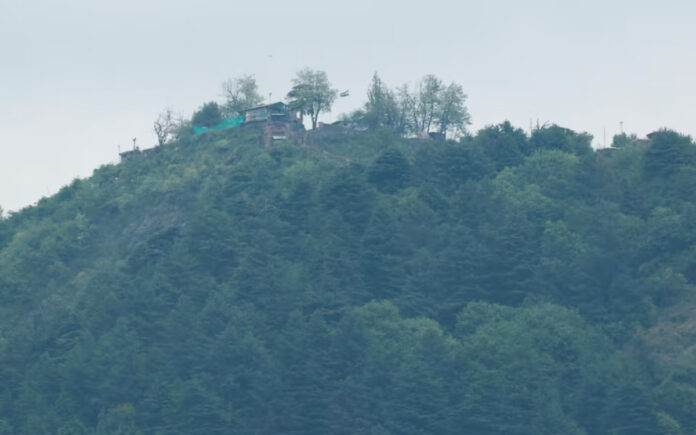Srinagar: Amid the serene valleys of Indian-administered Kashmir, the village of Churanda wakes each day to the sounds of children reciting morning prayers beneath walnut trees and chirping birds. But behind this tranquility lies a growing sense of unease, as fears of a new conflict between India and Pakistan spread across both sides of the Line of Control (LoC).
Following a recent attack that left at least 26 tourists dead in a popular mountain destination, anxiety has surged. New Delhi has accused Islamabad of involvement—an allegation Pakistan has firmly denied. Instead, Islamabad has claimed it possesses “credible intelligence” that India is planning imminent military action.
At the heart of this anxiety is the memory of history. India and Pakistan have fought two wars over Kashmir and countless skirmishes along the heavily militarized border. For local residents, fear is a familiar emotion.
Despite schools remaining open in Churanda, teacher Farooq Ahmad acknowledged the tense atmosphere. “Fear among the parents is running high,” he said.
The small village is nestled close enough to the LoC that Indian and Pakistani soldiers are visible in their respective outposts. Residents say past border exchanges have already claimed 18 lives in Churanda over recent decades.
“There are six bunkers in the village for the population of 1,500. Both sides are threatening each other. If there is border escalation, where will we go? Fear is there as this village is the worst hit,” said Abdul Aziz, a 25-year-old resident.
On the Other Side of the Line
Across the LoC in Pakistani-administered Kashmir, residents in the village of Chakothi are also bracing for potential conflict. Fortified shelters dot the hillsides, and villagers are reinforcing their bunkers.
“People have built bunkers in their homes. They go in the bunkers whenever there is some firing,” said Faizan Anayat, a 22-year-old air conditioning technician visiting from Rawalpindi.
Elderly resident Mohammad Nazir, 73, took a break from bunker preparations to attend Friday prayers, as his grandchildren played cricket outside. “We are not afraid of anything,” said Nazir. “Every one of our kids is ready.”
In Muzaffarabad, the capital of Pakistan-administered Kashmir, authorities have allocated an emergency fund worth 1 billion Pakistani rupees (approximately $3.5 million). Supplies of food, water, and medical aid have already been dispatched to villages along the LoC, expected to last at least two months.
Also Read | Prince Harry Says He Misses the UK but Can’t Return Amid Royal Fallout
Religious seminaries across the region have been shut down for 10 days, amid concerns they could become targets in the event of air strikes. Civil defence forces have been placed on high alert, while road repair and rescue teams have been deployed to forward areas.
Gulzar Fatima, head of the Kashmir branch of the Pakistan Red Crescent, said the organization acted swiftly as tensions escalated.
Also Read | Chile Lifts Tsunami Alert After Strong Quake Triggers Evacuations in Antarctica and Southern Region
In preparation for a possible wave of displacement, Fatima confirmed the establishment of relief camps with essential supplies. “We are preparing relief camps with tents, hygiene kits and cooking equipment for at least 500 families,” she said.
As the geopolitical rhetoric intensifies, communities on both sides of the LoC remain caught in uncertainty—hoping for peace, but preparing for the worst.



